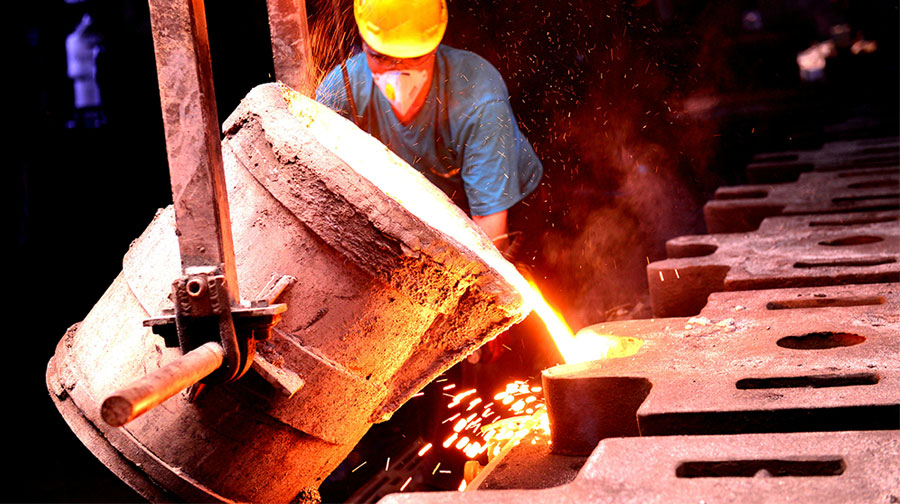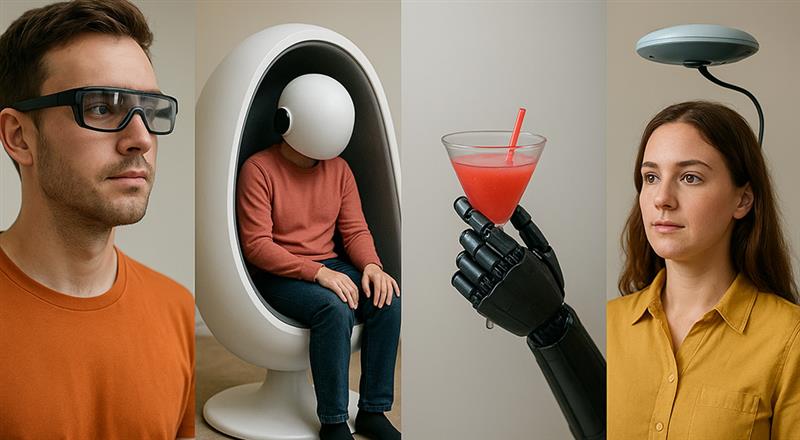The Role of Industrial Casting in Modern Manufacturing:
In the modern manufacturing world, precision, scalability, and efficiency are paramount. Once a process that has stood the test of time, while continuously evolving to meet the demands of cutting-edge industries, is industrial casting. Starting from the heavy machinery components to intricate aerospace parts, casting plays a foundational role in shaping the world around us.
What Is Industrial Casting?
Industrial casting is a manufacturing process, where molten material is poured into a mold. And then it is solidified into a desired shape. Once cooled, the cast part is removed and often undergoes further processing or finishing. This method is especially valuable for creating complex geometries that would be difficult or expensive to produce with other techniques like machining or forging.
What Is Iron Casting?
Iron casting is a process of melting iron and then pouring it into a mold to create a solid component. Once cooled and solidified, the iron part is removed and often finished to meet specific dimensional or functional needs.
There are different types of cast iron used depending on the application:
- Gray Iron – Excellent vibration damping, for example it is used in engine blocks, housings, and brake components.
- Ductile Iron – For pressure pipes, gears, and structural parts, it is stronger and more flexible, suitable.
- White Iron – In mining pieces of equipment hard and wear-resistant are often used.
A Time-Tested Technique with Modern Relevance:
Casting dates back thousands of years, with some of the earliest examples found in ancient China, India, and Egypt. But in today’s high-tech world, the process has been transformed through the use of advanced materials, computer simulations, and automated production systems.
Modern casting methods include:
- Sand Casting – It is good for producing large components for example engine blocks and pump housings.
- Die Casting –It offers high precision, and is widely used in the automotive and electronics sectors.
- Investment Casting – Known for its ability to produce intricate shapes with excellent surface finish, often used in aerospace and medical applications.
Why Is Casting So Important in Modern Manufacturing?
- Cost-Effective Production
For high-volume manufacturing, casting is incredibly efficient. Once the mold is created, then thousands of its identical parts are produced and also with minimal material waste.
- Design Flexibility
Casting allows for creating complex shapes that would be difficult or impossible to achieve through others. This is especially beneficial in industries.
- Material Versatility
Industrial casting can be used with a wide range of metals and alloys. It includes aluminum, steel, iron, and titanium. This flexibility makes it suitable for diverse applications, from construction to aerospace.
- Structural Integrity
Components made through casting often have excellent mechanical properties and durability, making them ideal for critical applications where strength and reliability are essential.
The Modern Edge: Evolving Technologies in Casting
Industrial casting is no longer just about molten metal and molds. It’s now a high-tech field involving:
- Computer-Aided Design (CAD): Engineers model parts digitally before production, helping visualize complex geometries and identify flaws early.
- Casting Simulation Software: Predicts how metal will flow, cool, and shrink—greatly reducing defects and material waste.
- 3D Printed Molds and Cores: Additive manufacturing is revolutionizing casting by enabling intricate mold designs that were previously impossible to produce.
- Automated Pouring Systems: Robots and AI-driven controls ensure precision, speed, and safety in large-scale casting operations.
Technological Advances in Iron Casting:
Modern iron casting has came from its traditional roots. Today, it’s driven by innovation:
- Automated Molding Lines: Increase speed and consistency for mass production.
- Computer-Aided Design (CAD): It has enhancing accuracy and optimizes mold designs.
- Casting Simulation Software: Predicts fluid flow, cooling patterns, and defect risks.
- 3D-Printed Molds and Cores: Allow rapid prototyping and complex designs.
- Environmentally Friendly Melting: New electric induction furnaces reduce emissions.
Challenges in Iron Casting—and How They’re Overcome
Like any manufacturing process, iron casting has its challenges:
- Shrinkage and Porosity: Managed through precise mold design and cooling control.
- Surface Finish Issues: Improved by using high-quality molds and finishing techniques.
- Material Consistency: Ensured through rigorous quality control and chemical analysis.
The Future of Casting: Innovation and Sustainability
- With the rise of Industry, casting is becoming more smarter. Computer-aided design (CAD), simulation software, and 3D-printed molds are streamlining production and reducing defects. Additionally, efforts toward sustainability—such as recycling scrap metal and reducing emissions—are making casting more environmentally friendly.
- Industrial casting is more than just a method—it’s a bridge between imagination and reality in modern manufacturing. As industries push the limits of performance and design, casting continues to evolve, proving that even the oldest techniques can find new life in a high-tech world.
“Casting serves as a scalable and often more affordable alternative to custom machining, especially when creating complex forms that need minimal finishing before being put to use.”













